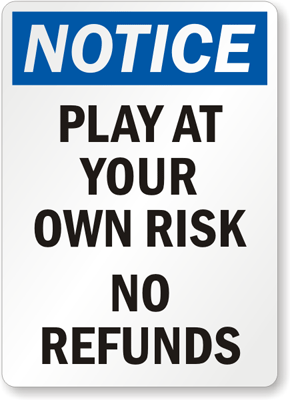The President Stock Market Cycle, which is a thin dataset of trading trends around the Presidential cycle, says that year two of the cycle tends to be a bad year for stocks. Here’s the WSJ’s Simon Constable with the details:
“Specifically, since 1945, the second year of a president’s term saw the S&P 500 gain 5.3% in price on average, versus 16.1% in the third, according to an analysis by S&P Capital IQ. No distinction is made between a president’s first or second term. The clock simply starts over.
Of course, the figures are averages, so not all years follow the cycle in lock step. Still, the third year sees the index gain 88% of the time; the second year, only 59%.
The second-year subpar performance is actually even worse for the first nine months of the year; losses average 0.5% then.
I know, you’re probably looking at this and saying that there’s zero logic behind this, but there is actually a fair bit of common sense here. As Simon explains, year two is when the politicians stop juicing the economy:
Because that is when the U.S. economy gets less attention from ruling-party politicians, says Sam Stovall, chief equity strategist at S&P Capital IQ, in New York. Mr. Stovall likens the second year to “sophomore slump.”
That could be particularly pertinent as 2014 is likely to be a year filled with Taper Talk and continued fighting over government spending levels.
Mr. Roche is the Founder and Chief Investment Officer of Discipline Funds.Discipline Funds is a low fee financial advisory firm with a focus on helping people be more disciplined with their finances.
He is also the author of Pragmatic Capitalism: What Every Investor Needs to Understand About Money and Finance, Understanding the Modern Monetary System and Understanding Modern Portfolio Construction.


Comments are closed.